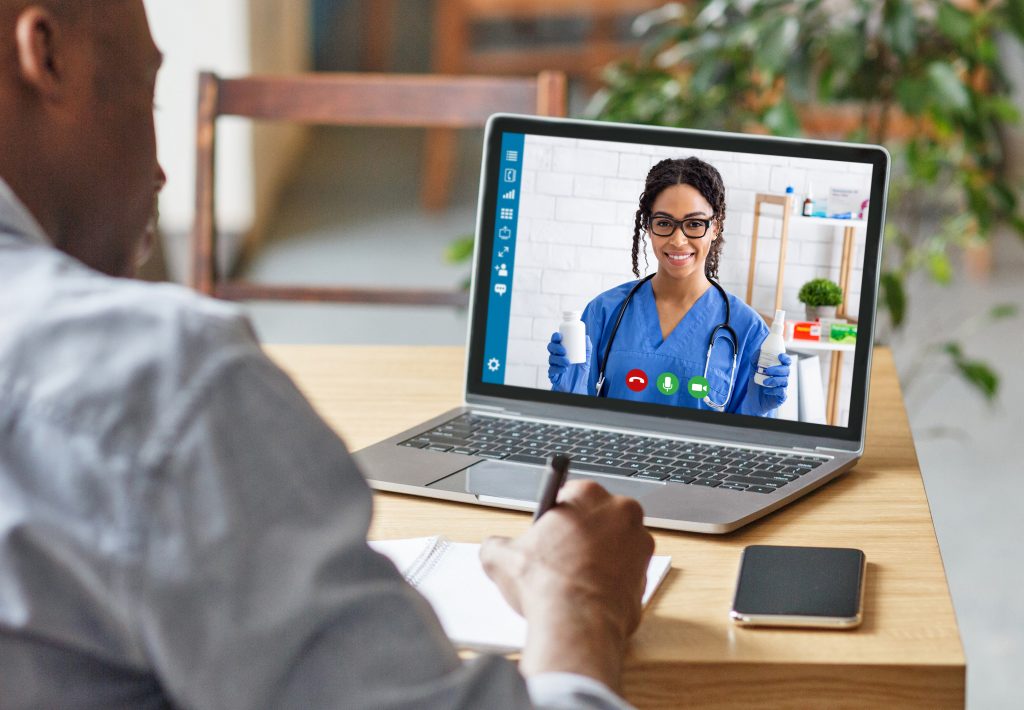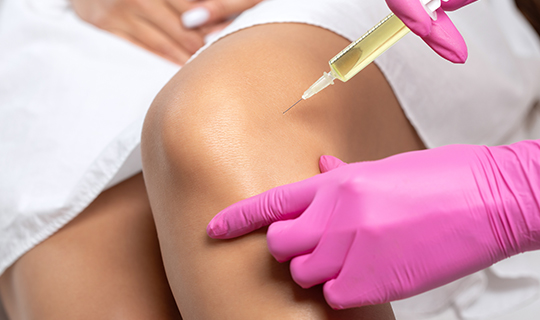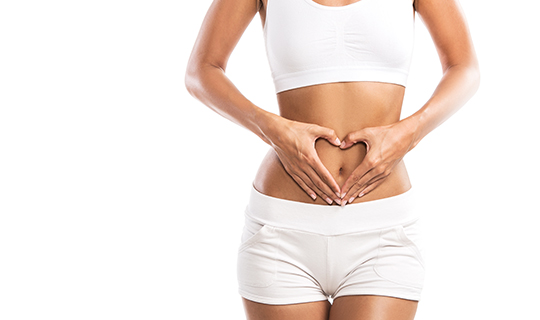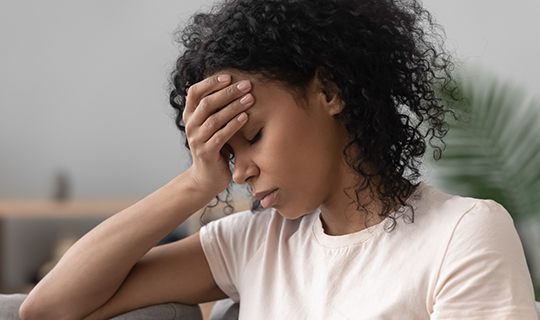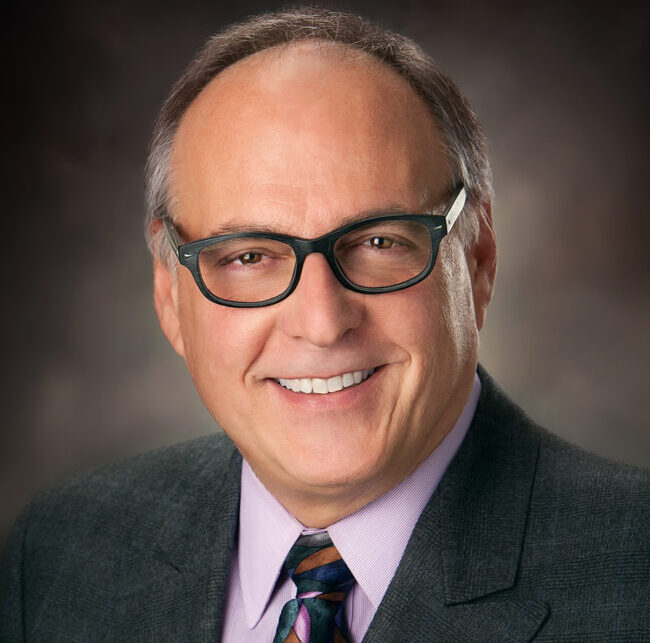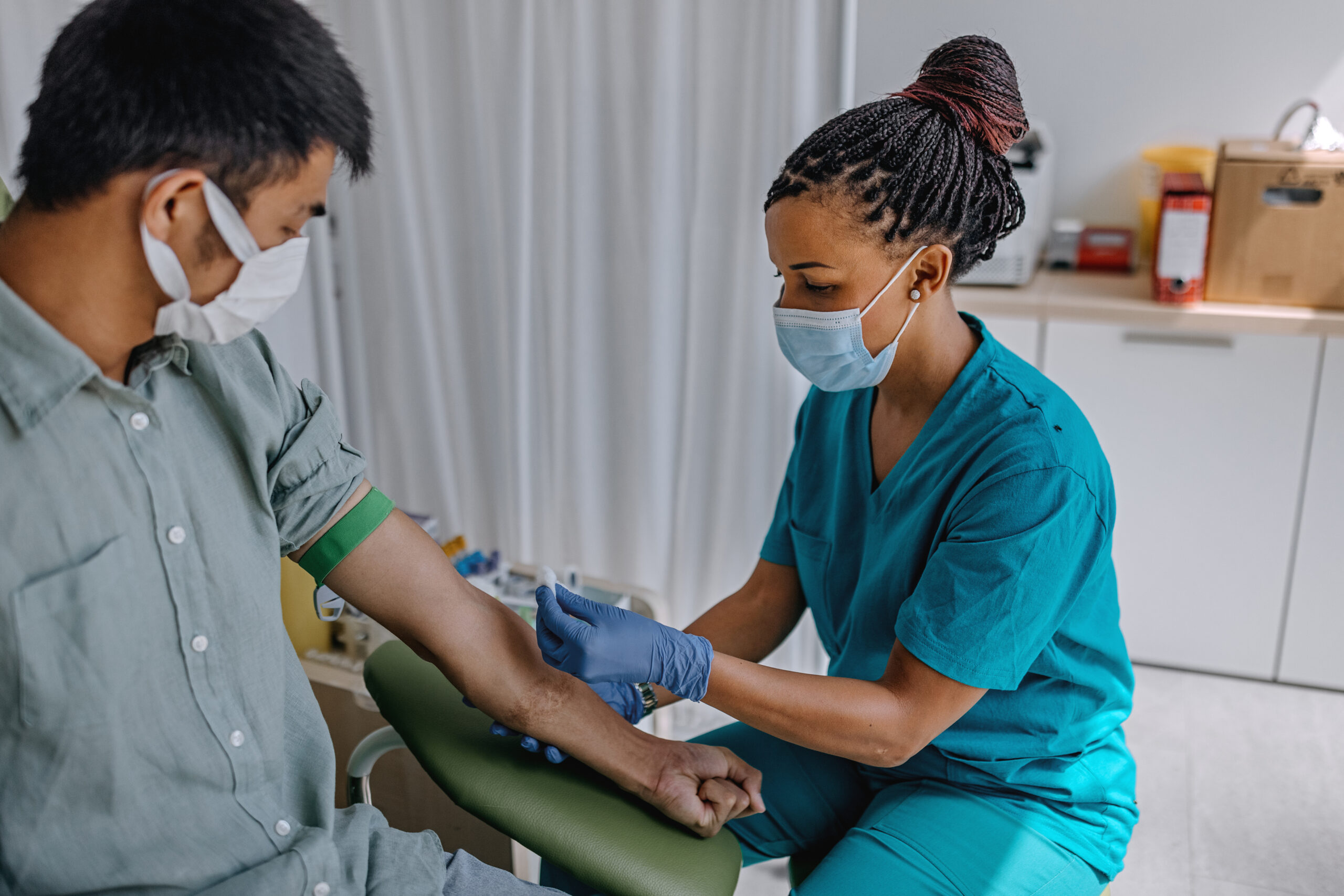Acupuncture Treatments in Fond du Lac
What is acupuncture?
Acupuncture is an ancient form of medicine used to promote natural healing and improve function. It has been used in China for over 2,000 years and was introduced to the US in the early 1970’s shortly after President Richard Nixon’s historic visit to China.
Acupuncture involves the insertion of very fine needles into the body at specific locations called acupuncture points. The ancient Chinese have defined the specific location of these points. They have also identified the exact depth and angle in which the needle should be inserted. Once in place, the needles may be gently manipulated by twisting, shaking, or lifting and thrusting to achieve the desired result. A modern addition to acupuncture is the use of electrical stimulation on the needles. This may be used at times to enhance the effectiveness in treating certain conditions.
What conditions can acupuncture treat?
Acupuncture is frequently associated with pain control but when applied by a skilled practitioner, acupuncture can be used alone or in combination with other therapies to treat a wide variety of conditions.
Acupuncture is one of the central elements of Traditional Chinese Medicine, the oldest continually practiced form of professional medicine in the history of the world! This form of medicine is very holistic and is used to:
- Promote health and well-being
- Prevent illness
- Treat various medical disorders
The National Institutes of Health (NIH) says: “ Acupuncture is clearly beneficial for nausea and vomiting (from anesthesia, chemotherapy and pregnancy), post-operative dental pain, menstrual pain, tennis elbow, and Fibromyalgia”. The NIH further says that acupuncture is probably effective in treating addictions (alcohol and drugs), headaches, osteoarthritis, asthma and in rehabilitation of stroke patients. It was only the quality or quantity research in these areas that prevented them from making a more definitive statement.
The World Health Organization recognizes the use of acupuncture to treat a wide variety of conditions including:
- Ear, Nose, and Throat Disorders including toothaches, pain after tooth extraction, earaches, sinus inflammation, nasal inflammation or dryness.
- Respiratory Disorders including uncomplicated bronchial asthma in children or adults.
- Digestive Disorders including general digestive tract problems, hiccups, inflamation of the stomach, chronic duodenal ulcers, inflammation of the colon (Crohn’s & Ulcerative Colitis), constipation, and diarrhea.
- Eye disorders including inflammation of the conjuctiva, inflammation of the central retina, nearsightedness (in children), and uncomplicated cataracts.
- Nervous system and muscular system disorders including headaches, migraines, certain facial paralysis or nerve pain, partial weakness after stroke, inflammation of nerve endings, bed wetting, frozen shoulder, tennis elbow, sciatica, low back pain and osteoarthritis.
Acupuncture has been used in China for centuries to treat all of the conditions mentioned above and many more. It is also very effective for treating muscular injuries such as strains, as well as numerous gynecological conditions including menstrual pain, menopause symptoms and endometriosis.
How does acupuncture work?
Traditional Chinese medicine teaches us that the body has a type of energy called qi (pronounced “chee”). The qi flows in the body within a network of invisible branches called meridians. The meridians associate with and flow through an organ. The qi flows through our bodies maintaining our health and vitality. If there is a disruption in the flow of qi, there will be problems. Likewise, injuries can also disrupt the flow of qi. When the qi does not flow smoothly, the body is not healthy and a pattern of disease appears.
At certain points the qi can be easily accessed from the surface and its flow through the meridians and organs can be influenced. Needles inserted at these points are very effective in accomplishing this. The goal of acupuncture is to influence the flow of qi bringing the body back into balance (a state of health). In this way, acupuncture is tapping into the body’s own natural healing mechanisms.
From a Western medicine perspective, we know that inserting acupuncture needles causes the body to activate its own pain relieving, anti-inflammation and healing systems. This would explain why an acupuncture needle placed in a painful area works, but it does not explain the connection between points on the hands or feet and pain in the neck or head. The exact mechanism remains a mystery at this time.
Is acupuncture painful?
The Chinese say that acupuncture is bu tong, which translates as “no pain”. While acupuncture is not painful by most people’s standards, there may be some sensation of mild discomfort with the insertion or manipulation of the needles. In some instances a mild tingling, cramping, heaviness, distention, or electrical sensation may occur around the area of the needle or up or down the path of the affected meridian. In other instances, the patient feels virtually nothing at all. Overall, the discomfort is far less than what most people expect. Most people seem to expect a sensation similar to that felt with the drawing of blood or with an injection, but in reality any discomfort with acupuncture is significantly milder. It is very rare to find a person who finds acupuncture too painful to tolerate.
Are the needles clean?
The state of Wisconsin requires acupuncturists to offer pre-sterilized, disposable needles to patients. Most practitioners prefer to use single use disposable needles (the needles are used just once and disposed of). Acupuncturists must demonstrate “clean technique” including demonstrating knowledge of blood borne pathogens and infection control as part of their board certification process.
How long is each treatment?
A normal treatment will last from 45 minutes to an hour. The first treatment will take a little longer.
How many treatments will I need?
The number of treatments needed really varies based on the condition being treated. In Chinese medicine, the focus is on the whole patient. This includes the condition of the patient and the relative strength or resistance of the problem. Weak patients with long standing, chronic conditions will require far more treatments than will strong patients with acute conditions. In general, expect to have 6 to 10 weekly treatments to see improvement. Sometimes improvement is seen following the first treatment, but this is the exception rather than the rule. After 6 to 10 treatments you may not be “cured”, but you will have a good idea about the extent to which acupuncture is capable of helping you. With that information, you can make an informed decision regarding the value of continued acupuncture treatments.
We typically start out with a 4 day trial to see how your body responds to acupuncture. You would receive two acupuncture treatments per week for two weeks. After the trial, we will present a report of findings to see if you should continue with care, try Chinese Herbs or supplements and/or try another approach.
Will my insurance cover acupuncture?
Individual insurance coverage varies. Please bring your insurance card to the free consultation. We would be happy to check insurance coverage for you. East Wind Acupuncture is in network with Network Health Plan. Currently in Wisconsin, only a few other health insurance policies are covering acupuncture services. We believe it is only a matter of time before insurance will cover acupuncture services!
Bodily injury coverage for auto accidents and workers’ compensation are another story. Generally, they will cover acupuncture treatments. Gaining approval from the payer before you receive a treatment is the best approach.
East Wind has a policy not to let finances get in the way of getting you better. We remove the financial obligation by starting out with a free, no obligation consultation to go over your health history, check insurance coverage, and tell you a little about the office. If finances are a concern, we will sit down with you and find a way to make it work. Pre-pay discounts are available and encouraged, as well as other financial plans.
What do I need to know about coming for acupuncture?
East Wind Acupuncture starts out with a free consultation to go over health history, check insurance coverage, and tell you a little bit about our office. If we find that acupuncture may be a good fit to help with your health problems, we can set up an appointment for an exam and acupuncture treatment.
Before your first appointment, you will need to be examined by the doctor. Often that can be done immediately before your acupuncture appointment. There is some paperwork involved including answering questions about your personal health history as well as reading and signing an informed consent statement. It is important to list any medications, herbs and supplements you take as these may effect your condition. If it is more convenient for you to complete your paperwork at home before your arrival, this can be arranged.
You should wear comfortable, loose fitting clothing. Consider that the acupuncturist will want to insert some needles in the area of your pain or discomfort and some in other areas that influence the flow of energy in the areas of your pain. These other areas are typically located in forearm to hand or knee to foot areas. Be sure that your clothing is not too tight to slide up to expose your knees and elbows.

